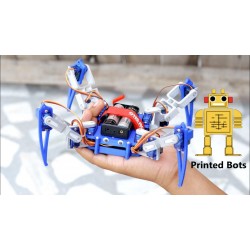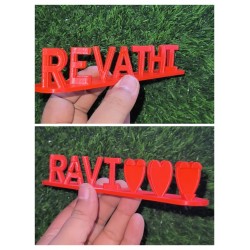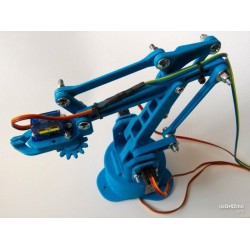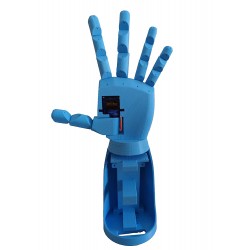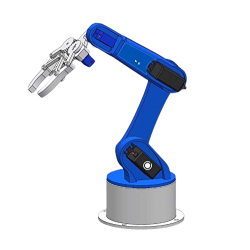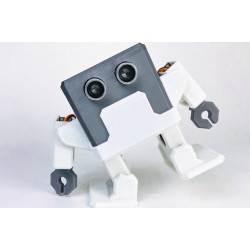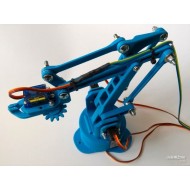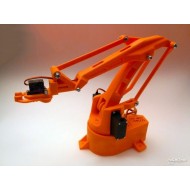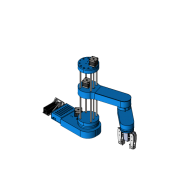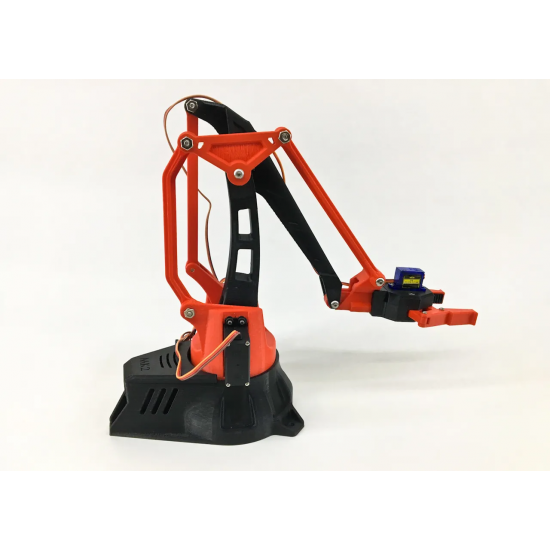



A 4-degree-of-freedom (4-DOF) robot arm refers to a robotic manipulator with four distinct joints or axes of movement. Each degree of freedom represents an independent way in which the arm can move. The joints allow the robot arm to position and orient itself in space, enabling it to reach different points and orientations within its workspace. The four degrees of freedom typically correspond to four rotational or translational motions.
The most common types of joints in a 4-DOF robot arm include:
Base Rotation (Joint 1): This is the first joint located at the base of the robot arm. It allows the entire arm to rotate around a vertical axis.
Shoulder Rotation (Joint 2): This joint allows the arm to rotate around a horizontal axis, usually perpendicular to the base rotation.
Elbow Rotation (Joint 3): This joint facilitates the rotation of the arm around another horizontal axis, typically perpendicular to the shoulder rotation.
Gripper Mechanism (Joint 4): The wrist rotation joint allows the end-effector (the tool or gripper at the end of the arm) to rotate around a vertical axis, providing additional flexibility in orienting the end-effector.
A 4-DOF robot arm is versatile enough to perform various tasks, such as pick and place operations, simple assembly tasks, and basic manipulation in a controlled environment. However, its capabilities may be limited compared to robot arms with a higher number of degrees of freedom. Higher degrees of freedom allow for more complex and flexible movements, enabling robots to navigate and manipulate in three-dimensional space with greater agility.
Robot arms with four degrees of freedom are commonly used in educational settings, prototyping, and applications where a simpler and more cost-effective solution is sufficient for the task at hand.
- Improved Kit Only From Printed Bots
- All nuts and bolts available
- 3D Printed PLA Plastic Parts.
- This is a 3D printed robotic Arm
- Stock: In Stock
- Model: MK2B+

